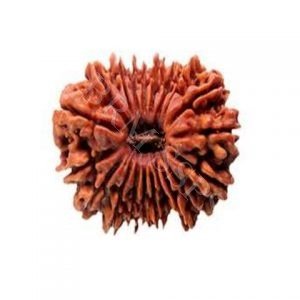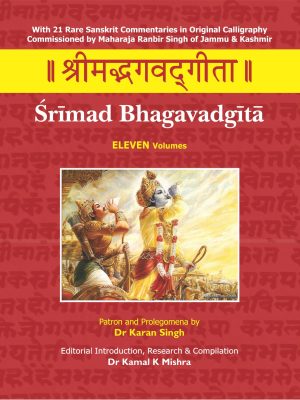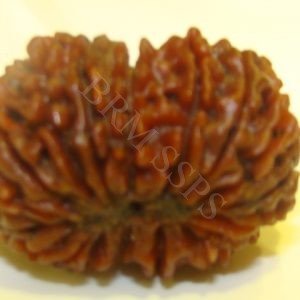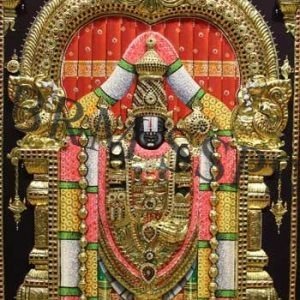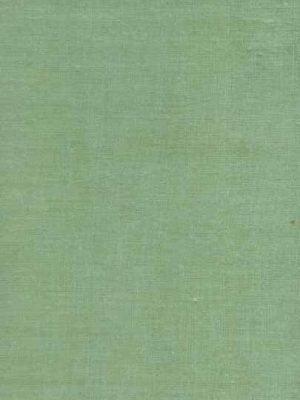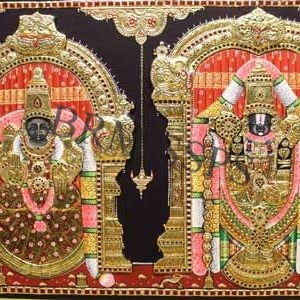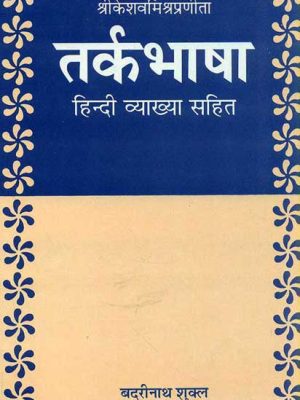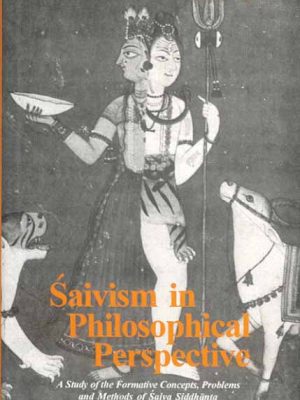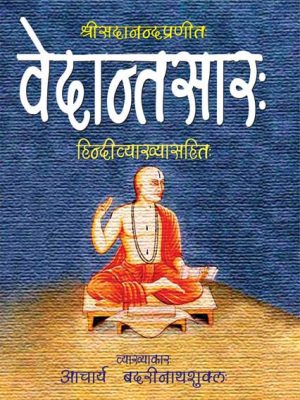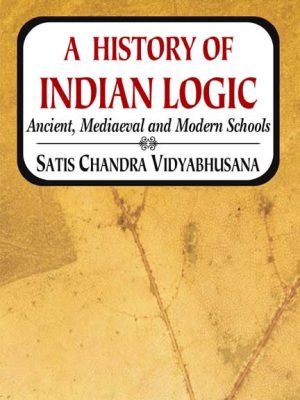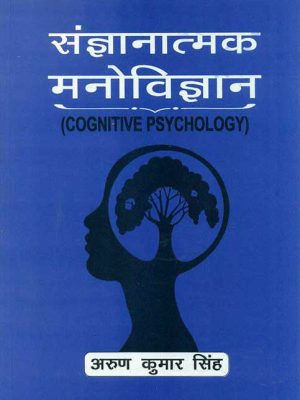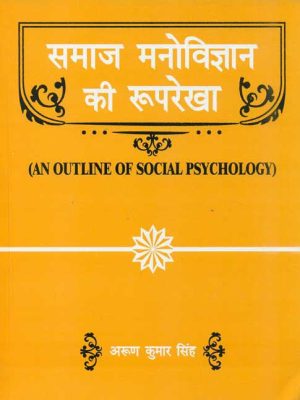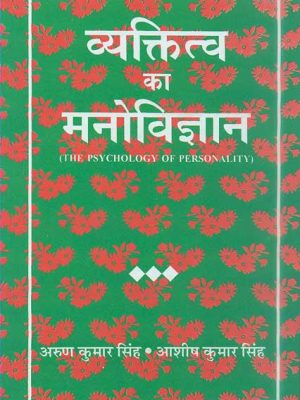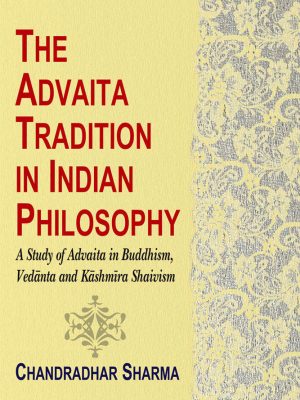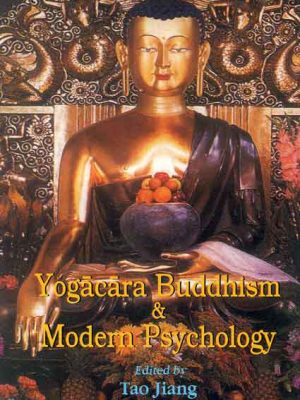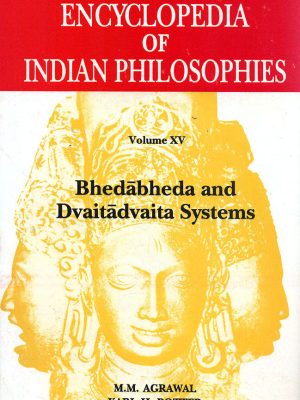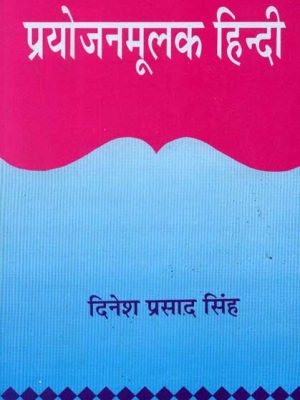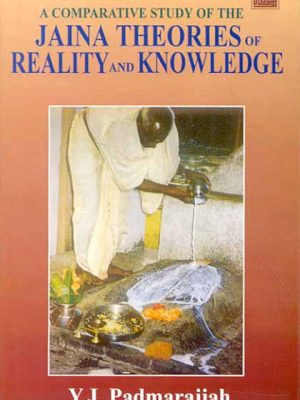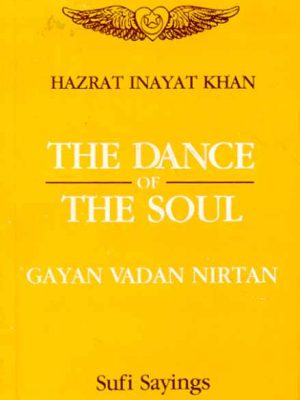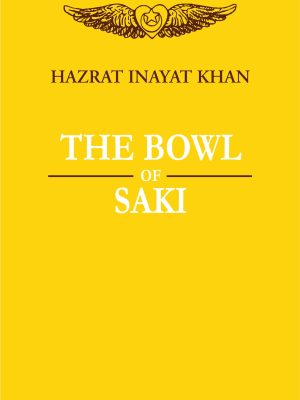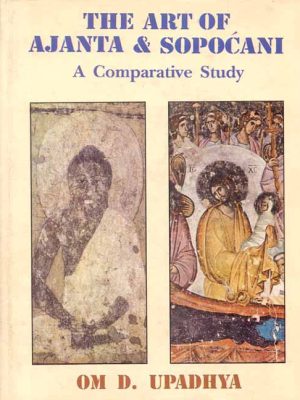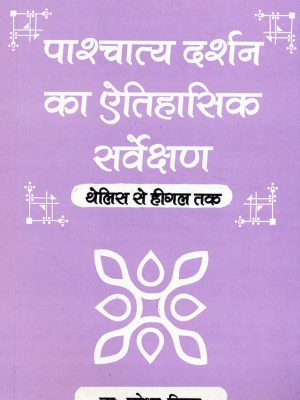Shop
Best Seller Items
-
19 FACE RUDRAKSHA
19 Face Rudraksha is a symbol and represents Lord Vishnu. The wearer attains victory over ignorance. The wearer is blessed with immense wealth and their health issues and challenges improve for the better.
₹125,000.0019 FACE RUDRAKSHA
₹125,000.00 -
₹99,000.00
-
18 FACE RUDRAKSHA
This Rudraksha is best known to protect one from their enemies and evil-wishers. The Rudraksha is energized when the wearer chants the required mantra. This Rudraksha is ideal for pregnant women towards protecting their children. It aids in mental stability as well.
₹90,000.0018 FACE RUDRAKSHA
₹90,000.00 -
Balaji 3D Tanjore Painting
Material: Gold Foil
Type: Tanjore Painting
Dimensions (In Inches): 24×36
Colour: Multicolor
Pack Content: 1 Pc
Product will be delivery (3 – 15 days)₹80,750.00Balaji 3D Tanjore Painting
₹80,750.00 -
Thayar Balaji Tanjore Painting
Material: Gold Foil
Type: Tanjore Painting
Dimensions (In Inches): 24×36
Colour: Multicolor
Pack Content: 1 Pc
Product will be delivery (3 – 15 days)₹61,750.00Thayar Balaji Tanjore Painting
₹61,750.00
-
-
-
-
The Art of Ajanta and Sopocani: A Comprehensive Study
The Art of Ajanta and Sopocani: A Comprehensive Study
Pauranic Prana-aesthetics, a finer shade different from that of Vitalistic aesthetics (the earlier having breathing-rhythm of “Kshaya- Vriddhi” – diminution and augmentation – other than the latter’s emphasis only on the rhythm of augmentation) has been delineated in this study with examples from the world’s two of the best art-monuments: Ajanta (India), now not remaining unknown even to the most casual connoisseur, and Sopocani (Yugoslavia), the most significant and monumentally beautiful work of Byzantine art.
Tracing Prana-aesthetics as the aesthetics of inner-light coded in the creeper-motif by the artists of Ajanta, this work emphasises decoding of the creeper-motif by Byzantine artists culminating into the frescoes of Sopocani done in Hellenistic Byzantine aesthetics beatified by Hesycast meditation to which that
of Buddhists was not unknown. Comparisons of various determinant aspects, aesthetics and artistic denominators, and constraints not allowing similar consummation are properly investigated to substantiate the thesis that Pranaaesthetics transfigures at Ajanta but transubstantiates at Sopocani. The significance of the anabolic aspects of this aesthetics is highlighted especially as a way out from the reductivistic tendencies of the present day visualarts straining them upto the stage of catabolic dissolution.
₹1,500.00




